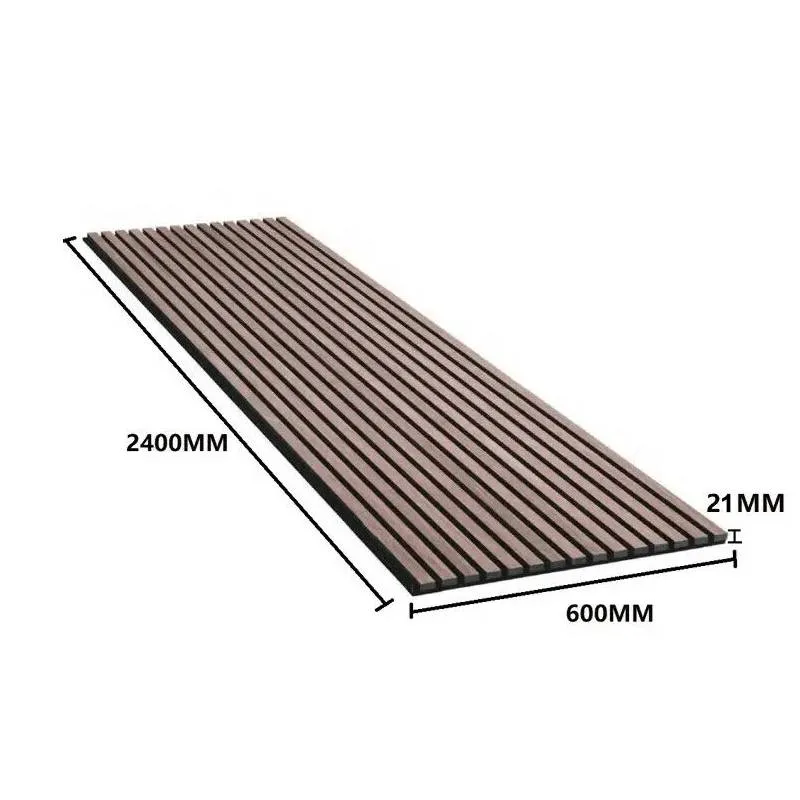The Benefits of Felt Panels for Acoustics
In modern architecture and interior design, the importance of sound management has gained considerable attention. Achieving a harmonious acoustic environment is essential, not just for residential spaces but also for commercial and public venues. Among the various solutions available, felt panels have emerged as a popular choice for enhancing acoustic performance. This article will delve into the advantages of felt panels and explore their applications in creating sound-friendly environments.
Understanding Felt Panels
Felt panels are made from compressed fibers, typically derived from wool, polyester, or other textile materials. Their unique structure and composition enable them to absorb sound effectively, making them an excellent solution for controlling reverberation and noise levels. When strategically placed in a room, these panels can significantly improve sound quality, making conversations clearer and reducing distractions in open spaces.
Acoustic Benefits
One of the primary reasons for using felt panels is their sound-absorbing properties. Unlike hard surfaces, which reflect sound waves, felt panels can dampen and absorb sound, thereby reducing echoes and creating a more pleasant auditory experience. This characteristic is particularly beneficial in environments where noise levels can be high, such as offices, restaurants, and educational institutions.
The effectiveness of felt panels in absorbing sound is measured by their Noise Reduction Coefficient (NRC), which indicates how much sound is absorbed by the material across various frequencies. Felt panels typically have a high NRC rating, making them suitable for a wide range of applications.
Aesthetic Appeal
Besides their acoustic capabilities, felt panels also offer significant aesthetic advantages. Available in various colors, textures, and designs, these panels can seamlessly blend into any interior decor. Designers and architects appreciate the versatility of felt panels, allowing them to create visually appealing sound solutions that complement the overall design theme of a space.
Felt panels can be utilized not only as wall coverings but also as ceiling tiles, room dividers, and decorative art pieces. By choosing the right colors and designs, felt panels can enhance the ambiance of a room while serving a functional purpose.
felt panels acoustic

Sustainability and Eco-Friendliness
In recent years, there has been a growing concern about sustainability and environmental impact in the construction industry. Felt panels can be a sustainable choice, particularly when made from recycled materials. Many manufacturers produce felt panels using post-consumer or post-industrial plastics, reducing waste and promoting a circular economy.
Additionally, felt is often produced without harmful chemicals, making it a safer choice for indoor environments. The durability and longevity of felt panels mean that they need to be replaced less frequently than other materials, further contributing to their eco-friendly profile.
Ease of Installation
Another advantage of felt panels is their relatively straightforward installation process. Unlike traditional acoustic treatments, which may require complex mounting systems or professional installation, felt panels can often be applied with simple adhesives or hung using basic hardware. This can save time and costs during the construction or renovation phases, making them an attractive option for both residential and commercial projects.
Versatile Applications
Felt panels are incredibly versatile and can be used in a variety of settings. In office environments, they can help create quieter spaces for focused work and collaboration. In educational institutions, felt panels can contribute to better learning conditions by minimizing distractions and enhancing teacher-student communication.
Moreover, in restaurants and cafes, these panels can help absorb noise from patrons, creating a more enjoyable dining experience. The hospitality industry has embraced felt panels as a solution for improving the acoustic comfort of guest rooms and common areas, leading to greater customer satisfaction.
Conclusion
Felt panels represent a holistic approach to acoustic management in interior spaces. Not only do they provide excellent sound absorption, but they also offer aesthetic benefits, sustainability, and ease of installation. As the demand for improved acoustics continues to grow, felt panels will likely play a pivotal role in the design of sound-friendly environments, ensuring that we not only hear well but also enjoy the spaces we inhabit. Whether in residential homes, bustling offices, or lively restaurants, felt panels stand out as an effective and stylish solution for modern acoustic challenges.
